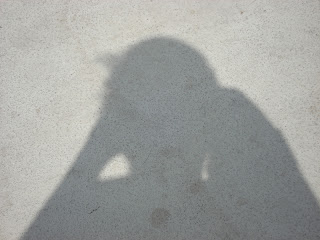



| 05/28/07 |

Geoffrey Nowell-Smith
nightcomers.
 nightcomers, is one of the night programme projects of the 10th International Istanbul Biennial, perhaps the most somnambulist. The conceptual structure of the project was based on the concept of "dazibao" used by Hou Hanru in reference to wall-mounted posters produced by the public during the Chinese Revolution.
nightcomers, is one of the night programme projects of the 10th International Istanbul Biennial, perhaps the most somnambulist. The conceptual structure of the project was based on the concept of "dazibao" used by Hou Hanru in reference to wall-mounted posters produced by the public during the Chinese Revolution.
The team of young curators invited by Hou Hanru defines "nightcomers" as follows:
"The project targets a wide profile in terms of viewer and participant and derives its power from individual sentences that are becoming increasingly anonymous, and as they become anonymous, become public and ascend within the public sphere. In other words, social and political content suitable for a wall-mounted newspaper is the defining aspect of the project. The source of the variety sought in the videos is our belief that the way to understand the impulsive force in the production of visual material is observing other fields."
Videos will be shown throughout the night in the streets, and the target is to reach a bigger audience than the Istanbul Biennial does in the daytime.
The young curators have defined the maximum 5 minute video production as the format, and invite everyone "who has something to say" to produce. The video programs will be selected from the pool of videos formed from all videos sent to the Biennial and will be exhibited in different parts of the city on certain days of the week. The "nightcomers" project aims to build a strong communication and relationship with its viewer and invites everyone taking part in the project as producer-viewer to share its name. To go out at night, to share the street and to hear one's own voice en masse... Therefore it defines itself as follows:
"Nightcomers hang out on street corners. They seek their own justice. You feel their breath on your neck. Sleepless � a gang of ghosts."
To engage the Biennial programmes more profoundly and intimately with the real urban life of İstanbul, it's absolutely important to surpass the conventional temporal and spatial framework of an art event. Therefore, the Biennial is conceived not only as an exhibition but also as a process and site of cultural production that goes beyond office hours. Night programs have been designed to integrate the public directly with the Biennial project and to create a platform of democratic participation.
"Electronic Image Dazibao", is referring to "Dazibao", a form of radically democratic street postings of public opinions during the Chinese Cultural Revolution. The impact of these wall-mounted posters in protest, propaganda and popular communication was strengthened by getting in circulation with some local newspapers from time to time. Today, electronic image and video is a basic mean of communication and expression especially among the young people. Thereof, "nightcomers" project aims to have the video works of everyone who wants to tell his ideas and express himself to be sent to Istanbul Biennial.
http://www.iksv.org/bienal/nightcomers/nightcomers.asp
Submissions deadline: 15 June 2007
Curators